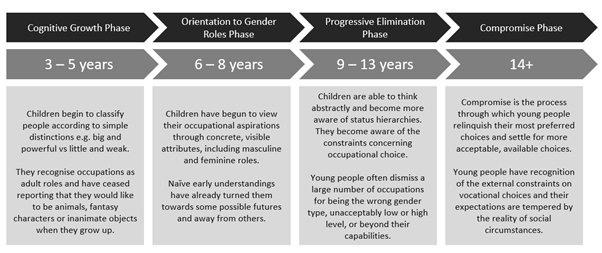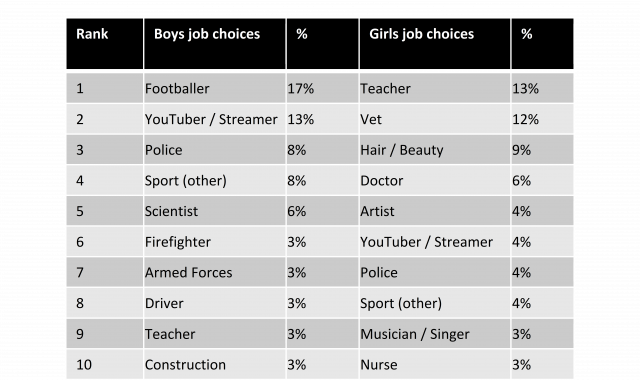What have we learnt from delivering engagement activities in a pandemic?
The arrival of the Coronavirus, and the subsequent dramatic changes in all areas of life have provided those of us in the STEM engagement sector with numerous challenges. Although it’s been a period of great challenge and huge change, at NUSTEM we’ve been able to turn some of the challenges into opportunities which have enabled us to look at our work in new and different ways.
There are four key lessons that NUSTEM has learned:
- Don’t rush in
- Reduce friction
- Collaborate with your audiences and stakeholders
- Look for opportunities
Don’t rush in
At the start of the first lockdown in March 2020 many organisations very quickly ‘repurposed’ existing teaching materials for a new audience of home-schooling parents and their children. This, while well-meaning, assumed an entirely different audience than originally planned would be able to access the resource and deliver it in a similar way. Often nothing more than the title was changed. But parents and carers without a science background, or with little time to spare couldn’t use the materials in the same way as a teacher. In many organisations, the feeling that “we must do something to help” was tangible early on in the pandemic, but the rush to create materials to help may have been of little benefit to the new home-schooling audience.
At NUSTEM we deliberately slowed down. We asked what was the purpose of any activity we planned. We developed a set of principles to guide us which took into account the personal and financial circumstances of the families that we wanted to support, particularly those in areas of economic deprivation. We asked our primary school teachers what would be useful for them, and then developed activities that were tailored to their needs. This led to the development of STEM@Home activities which would fit within the new challenges of lockdowns, and home-schooling that were facing teachers and parents across the country. We also consulted with our secondary schools teachers which focused our support on providing pre-recorded deliveries rather than live.
Reduce friction
If you think back to the start of the first lockdown, you’ll remember that if felt like everything was different. To be fair, pretty much everything was. When planning on how to disseminate the STEM@Home activities to a home-schooling audience, we wanted to make it as easy as possible for teachers and families to access the materials. We could, and did, make the materials freely available on our website, but we assumed that parents and carers wouldn’t just wander to our website to see how we could support them. That was probably more effort than they had to spare. We needed to reduce the friction and simplify the route to sharing resources. But we knew that our partner schools already had well established routes to communicate with parents: through apps, through the school website and through social media. We therefore provided links to our materials that teachers could quickly and simply share the resources. We also found that the more opportunties we provided for families to join in with activities the more families ultimately became engaged. So creating multiple repeated opportunities for engagement at different times of day, and on different days of the week was important: families could join in at a time convenient to them.
Collaborate with your audience and stakeholders
As the pandemic progressed and it became clearer that we would need to develop engagement strategies to support our schools for the medium- to long-term, we began to think carefully about how to move our delivery online. We have a wealth of expertise within our team in formal and informal education, but this new way of working was alien to us, as it was for many others. Whereas previously we were confident about our outreach practice in classroom, we suddenly had no idea of how they might work in a purely online format, or even if they would work that way at all.
To develop our online delivery strategy we spent a lot of time engaging with primary teachers to explore how we might be able to deliver something that retained many of the qualities of our in-person activities. Engagement with teachers has been the cornerstone of our success in our new online work. They were our eyes and our ears in the class during our initial test deliveries and their feedback, from everything about the types of technologies we were using, to the teaching pedagogy embedded in the sessions, allowed us to hone our new craft.
Look for opportunities (it’s not all doom and gloom)
One of the biggest challenges (for me) was the scale of the changes that were happening. So much of what we previously did, we just were no longer able to do. This initially led to thinking about the changes in our delivery in terms of them being a stop-gap, something to fill the void whilst things returned to normal. This mindset creates a challenge when developing high quality work and interventions, in that if things are seen as short-term fixes, the quality of development suffers.
By May 2020 we changed our way of thinking. We started to use the pandemic, and the disruption in the way people were working and learning, to find the positives from the situation. We explored how the use of technology might enable us to reach new audiences or to engage current audiences in new ways. One example is our STEM Encounters Assemblies. Previously, these had been face-to-face sessions between STEM workers and primary school children in a school hall. We’d often had difficulty recruiting the STEM workers to be part of these workshops: time commitments and travel costs were a barrier. Moving these activities online via video conferencing has enable us to showcase a greater diversity of STEM professionals from different fields and backgrounds. A second example was our Physics Experience week for sixth-form students. Through the online format we were able to recruit participants from a wider geographic area, and it also allowed us to have international guests speakers.
While we would have definitely preferred to not go through the pandemic, there have been useful lessons that we have learned, and that we will take into our future activities.



